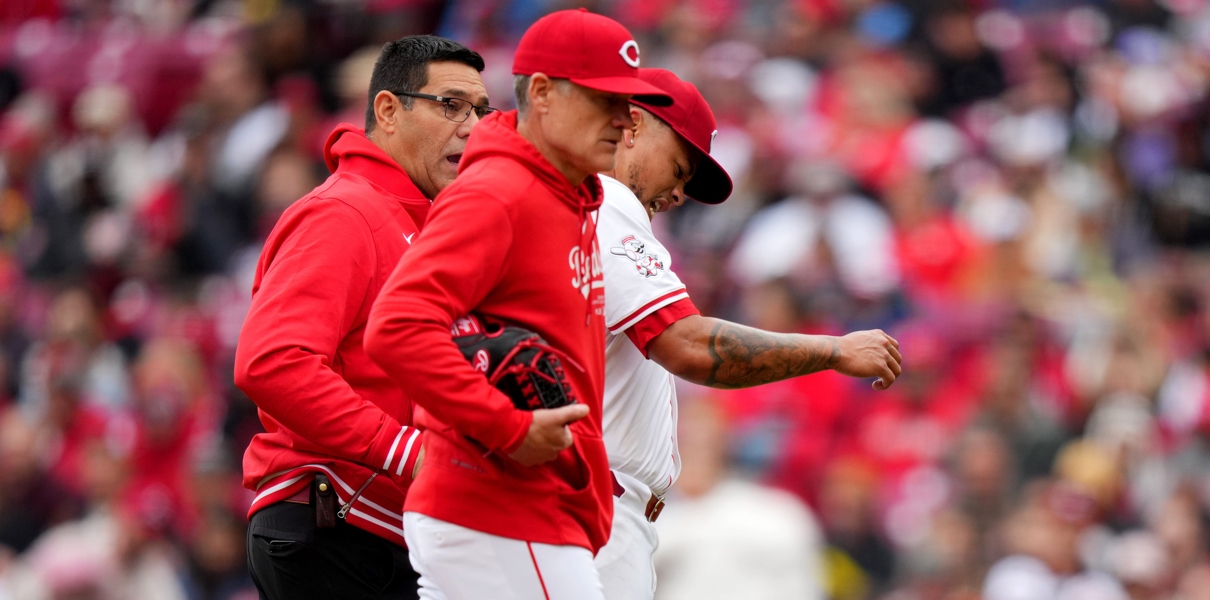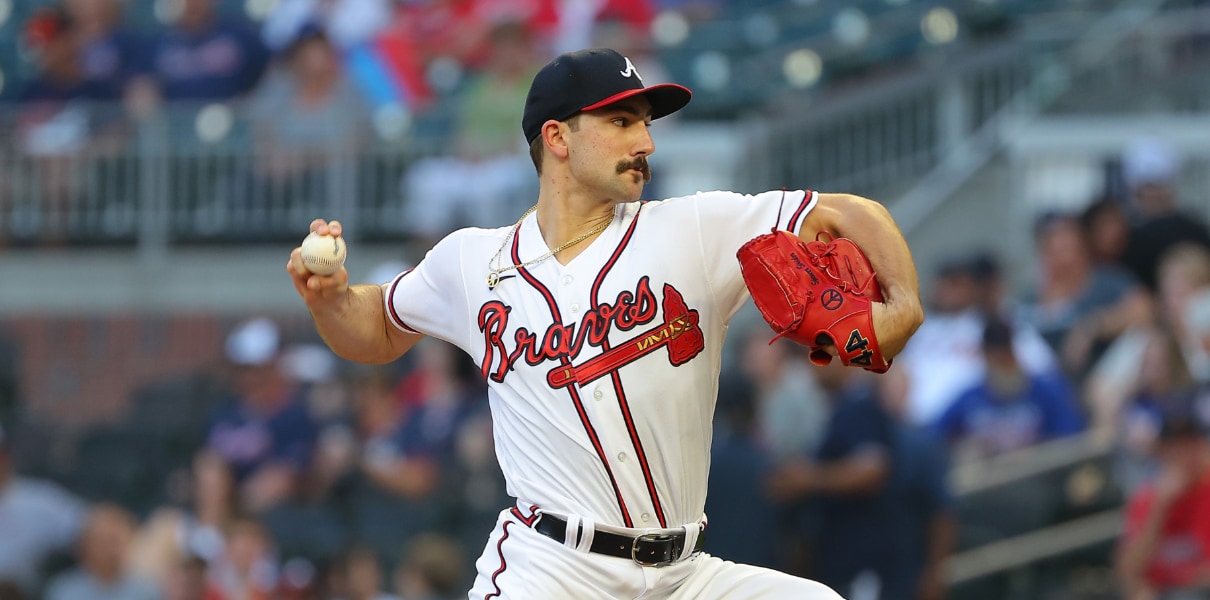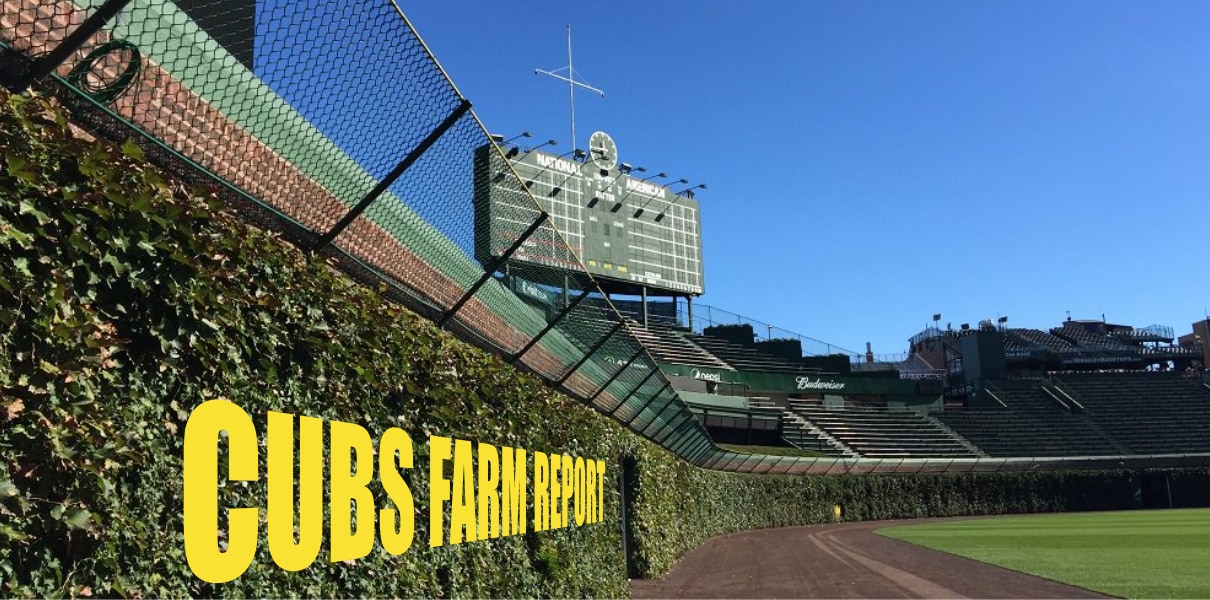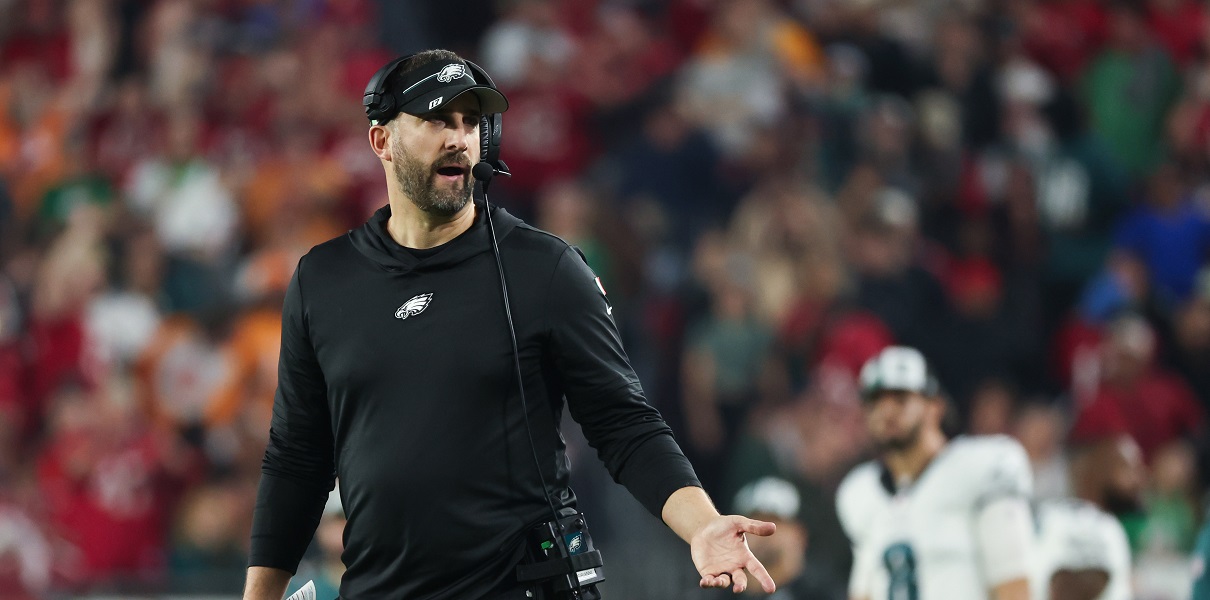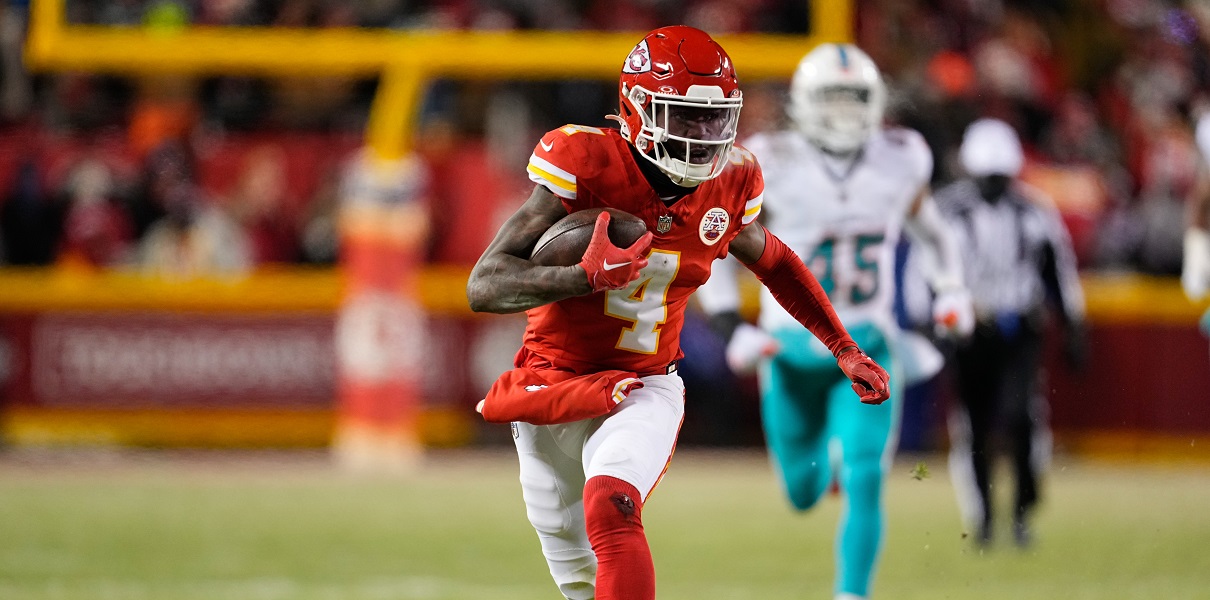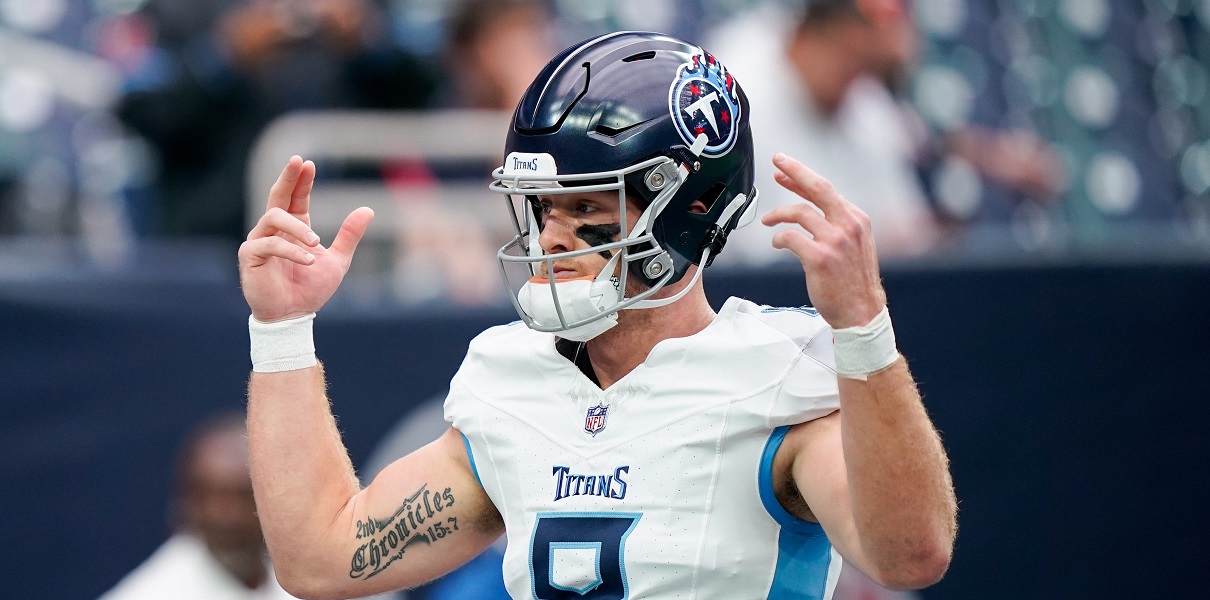When I went to see Yu Darvish’s rehab start in South Bend this summer, I thought I was going to leave with a smile, confident that the Cubs starter was on his way back to the big leagues. And while I did leave with a smile that day, it was obviously not because of that.
But like I said, it wasn’t a complete wash. While I was there, I got to see Cubs prospect Miguel Amaya first-hand for the first time and hooooo boy was he impressive. He didn’t have a particularly impactful game or anything like that, but it was obvious, just by looking at him physically compared to the other players on the field, and also how he carried himself, how sure-handed he was, etc., that he was something special.
So, combining that with his big year in full-season ball as a good-defensive 19-year-old catcher, it’s no surprise to see FanGraphs give Amaya the top spot on their recently updated Top 31 Chicago Cubs Prospect Rankings.
Here’s the top-10:
- Miguel Amaya, C
- Nico Hoerner, 2B
- Aramis Ademan, SS
- Adbert Alzolay, RHP
- Justin Steele, LHP
- Cole Roederer, CF
- Brailyn Marquez, LHP
- Alex Lange, RHP
- Zack Short, SS
- Richard Gallardo, RHP
For the rest of the rankings, as well as individual write-ups, projected future values, and estimated times of arrival for each player, head over to FanGraphs. It’s a very well-done set of prospect rankings, if you ask me, and easily digestible.
Amaya, 19, takes the top spot for the Cubs and there’s plenty to love about their thoughts on the young catcher. In short, he’s a very good bet to have a big league career, and, at his full potential, he’s projected as an above-average regular behind the plate. With an ETA of 2022 (when Amaya will be just 23 years old!), the Cubs have more than enough time to figure out what they’ll do with Willson Contreras (who’d be 30), so I don’t see that as a problem. In fact, it’s kind of a feature. It’s quite possible the Cubs view Amaya as Contreras’ heir-apparent, but they’ll cross that bridge if and when they get there. For now, know that Amaya’s defensive skills are highly-touted, and he should rise through the system as quickly as his bat will take him.
I’m not going to go through each player individually, but I will say I am thrilled to see the Cubs’ top-3 filled with position players again – and all at premium positions! After the catcher up top, the Cubs have their 2018 first-round pick (and AFL Star) second baseman/shortstop Nico Hoerner, and right behind him they have shortstop Aramis Ademan. None of these players are particularly close to the big leagues, but developing bats is what the Cubs do best – and, as we’ve seen this past season, you really can’t ever have enough.
Plus, Hoerner might be listed as a second baseman, but he has played shortstop and scouts believe he could stick there. Of course, it was his bat that was extremely impressive in his pro debut. I don’t think there’s another prospect in this system I’m more excited to follow in 2019. Meanwhile, it never hurts to have a young shortstop prospect like Aramis Ademan. Even if he only projects as an average everyday player, that’s still a valuable guy!
But I do have some issues – with the overall system, that is.
While I do love seeing the top of the Cubs board full with position players, I can’t help but notice the drops of pitchers Alex Lange (8th this year, 6th last year), Brendon Little (13th, 5th), Oscar De La Cruz (15th, 4th), Jose Albertos (16th, 3rd), Thomas Hatch (26th, 12th), Alec Mills (17th, 10), and many others.
With the exception of Adbert Alzolay, who finished his season in May thanks to a lat injury, everyone lost a ton of perceived value (others were hurt, and others were suspended (it was just a bad year for the majority of Cubs’ perceived top pitchers)). This isn’t new information or anything, but year after year, the Cubs have failed to develop their starting pitching prospects, and it’s routinely bit them in the rear. Yes, they prioritized bats, but we’re now seven years into this front office, and the wave of pitching still hasn’t arrived.
I mean, look at how expensive their rotation is heading into next season:
Jon Lester: $22.5M
Cole Hamels: $20M
Yu Darvish: $20M
Tyler Chatwood: $12.5M
Jose Quintana: $10.5M
Kyle Hendricks: $7.6M (est.)
Mike Montgomery: $3.0M (est.)
Total: $96.1M
Three starters are making at least $20M next season, and an additional $15.5M is tied up in two guys, Montgomery and Chatwood, who aren’t even slated to make the rotation out of Spring Training. Quintana is affordable, but cost the Cubs their best pitching prospect, Dylan Cease, as well as one of the best prospects in baseball, Eloy Jimenez, and Hendricks basically started his Cubs career in Double-A. They scouted well and got all of the benefits of developing him (like the cost control), sure, but they didn’t draft him or steer him through the lower levels of the minors.
So while I’m excited to see some new blood at the top of the Cubs’ rankings, this system still has a very long way to go. And as @FullCountTommy and Brett pointed out on Twitter, FanGraphs had 132 guys with a future value of 50 or higher in their rankings, but the Cubs had only 3 – all of whom were exactly 50s. On average, every team should have about 4.5, which isn’t too far from the Cubs, but the larger issue is that they only have 50 FV players – nothing better/higher. That’s disappointing.
So again: the system is improving and there is some excitement at the top, finally, but there’s also still a LOT to do. I hope the Cubs window of contention doesn’t close any time soon, because their prospects are not ready to bear fruit.
Brett: OK, I have to drop in here at the end to highlight the discussion of Cole Roederer, because this is EXACTLY the kind of Fall evaluation you want to see of a high school bat the Cubs plucked in an early round and signed out of a college commitment with a healthy bonus. This reads like a scouting win:
“As a high school underclassman, Roederer looked like a hit-first tweener outfielder. He added a bunch of good weight and strength and had significantly more raw power when he arrived in the AZL after signing. He has already begun trading a little bit of contact for significantly more game power. With added mass and strength typically comes a reduction in straight line speed, but Roederer hasn’t slowed down just yet and still looks like a possibility to stay in center, though most scouts who saw him in pro ball think he’ll eventually move to left field. Regardless, there’s a whole lot more bat here than there was on our pre-draft evaluation of Roederer, who has risen to the top of the promising teenage hitter group in this system because he has a chance to hit for average and power while the rest are likely to do just one of those.”
When you take a swing – no pun intended – on a high school bat who was still developing, you’re trying to land a guy who just hadn’t quite come into his own yet, and that’s when you can surprise your way into a big-time talent very quickly. From this evaluation, it sounds like Roederer could be that kind of guy. If so, don’t be shocked to see him break out as soon as next year.





